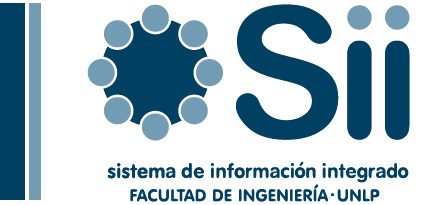Innovative Hand Exoskeleton Design for Extravehicular Activities in Space [libro electrónico] / by Pierluigi Freni, Eleonora Marina Botta, Luca Randazzo, Paolo Ariano.
Tipo de material: TextoSeries Detalles de publicación: Cham : Springer International Publishing : Imprint: Springer, 2014.Descripción: xii, 89 p. : ilTipo de contenido:
TextoSeries Detalles de publicación: Cham : Springer International Publishing : Imprint: Springer, 2014.Descripción: xii, 89 p. : ilTipo de contenido: - text
- computer
- online resource
- 9783319039589
- TL787-4050.22
 Libro electrónico
Lista(s) en las que aparece este ítem:
Ebooks
Libro electrónico
Lista(s) en las que aparece este ítem:
Ebooks
Introduction -- Users' Requirements -- State of the Art -- The Solution -- Concept Layout -- Conclusions.
Environmental conditions and pressurized spacesuits expose astronauts to problems of fatigue during lengthy extravehicular activities, with adverse impacts especially on the dexterity, force and endurance of the hands and arms. A state-of-the-art exploration in the field of hand exoskeletons revealed that available products are unsuitable for space applications because of their bulkiness and mass. This book proposes a novel approach to the development of hand exoskeletons, based on an innovative soft robotics concept that relies on the exploitation of electroactive polymers operating as sensors and actuators, on a combination of electromyography and mechanomyography for detection of the userâ_Ts will and on neural networks for control. The result is a design that should enhance astronautsâ_T performance during extravehicular activities. In summary, the advantages of the described approach are a low-weight, high-flexibility exoskeleton that allows for dexterity and compliance with the userâ_Ts will.
No hay comentarios en este titulo.
